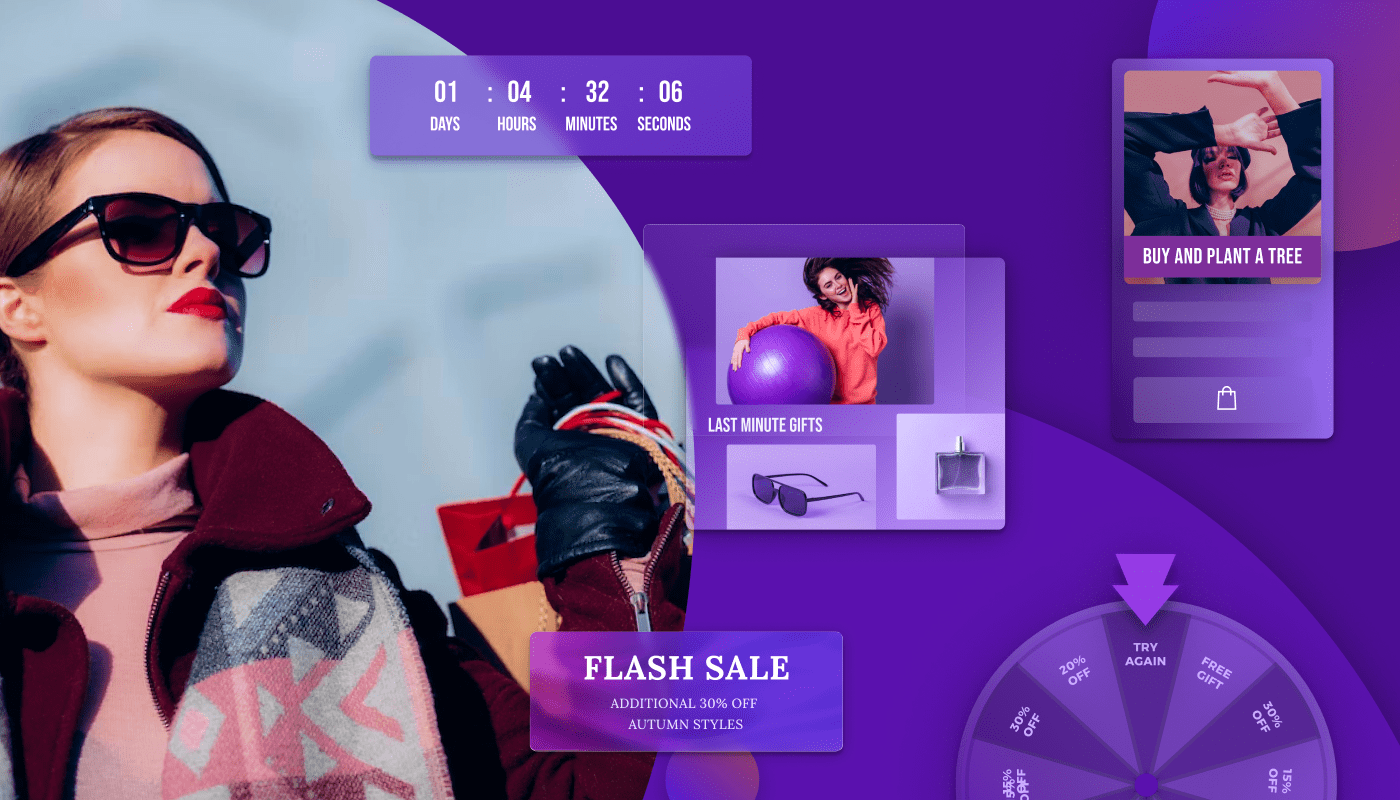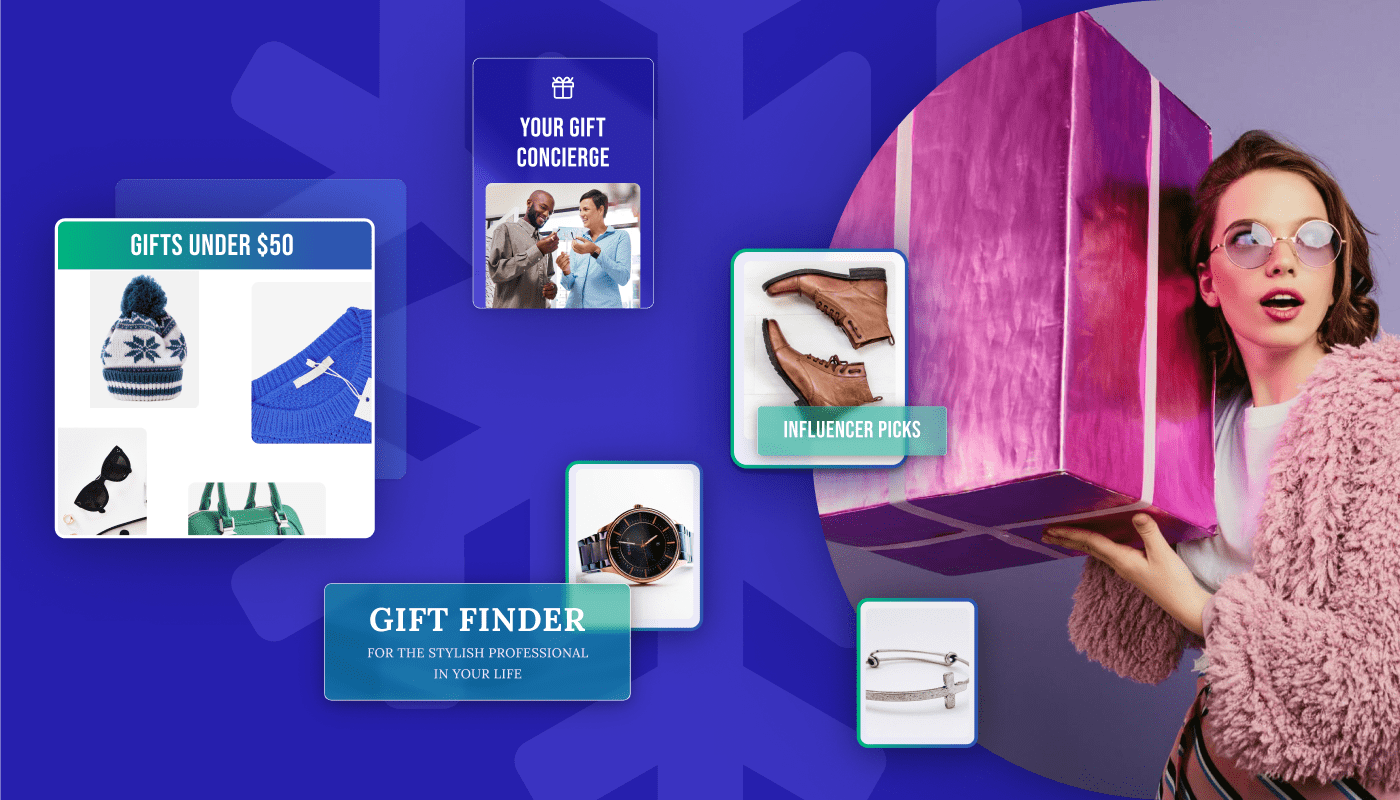Almost all customers compare prices before buying something online. Whether it is through the powers of Google, comparison sites, or visiting competitors, shoppers have learned to do their homework. This makes adopting a transparent and competitive pricing strategy all the more important. Building a solid perception of value allows competing on multiple fronts instead of just price.
Finding the right balance between selling as many products as you can and turning a profit on each of them is not easy. Many factors influence buying decisions. As a retailer, you need to be on top of all these inputs to optimize your pricing, generate higher returns, and build long-term customer loyalty.
Here are 6 steps to craft a bulletproof pricing strategy for your ecommerce business:
1. Establish the baseline for your product goals.
The first step in your pricing journey is establishing a baseline, and there are various pricing methodologies you can refer to. Cost-based pricing is based on how much it costs to produce, manufacture, and distribute a good. Cost-plus pricing refers to increasing the cost of a product by a predetermined percentage margin. These internal strategies provide direct control over product-level profitability at any point in time.
Other strategies are either driven by or designed to influence external conditions. Competition pricing refers to strategically choosing price points based on competitor prices, and dynamic pricing frequently adapts prices to consumer behavior and shifts in demand. Loss-leader pricing lowers product prices more than what it costs to create them in order to draw in new customers or encourage existing ones to buy more items. Price skimming is the practice of lowering a product’s initial price over time. Value-based pricing focuses on determining the highest price a buyer will pay for your products, and premium pricing is used to set the price of luxury goods conveying a higher status.
Each of these strategies comes with various pros and cons, and different models work best for different product groups.
For instance, loss-leader pricing isn’t typically suitable for luxury products and can negatively affect a brand’s premium image. However, for a marketplace selling a diversity of goods, using loss-leader pricing to sell an anchor item such as a printer might encourage customers to always purchase their cartridges and paper from the same marketplace. Hence, ensuring a customer’s lifetime subscription.
When establishing your baseline, you don’t have to stick to a single model, multiple models can be used in combination as well. For example, competition-based and dynamic pricing can be used together to attract price-sensitive customers. When deciding on the optimal mix, it is important to keep factors such as your product selection, customer expectations, and business goals in mind.
2. Understand your target customer psychology.
Psychology plays a strong role in how your customers perceive and react to your prices. Referred to as charm pricing, researchers at MIT and the University of Chicago have famously revealed that prices ending with nine boost demand for many goods. For instance, the human brain may interpret $5.99 as $5, which is cheaper than $6. Another important psychological term when it comes to pricing is innumeracy, which refers to consumers’ inability to apply basic mathematical concepts as they relate to daily life. According to a study conducted by academics at the University of Minnesota, most consumers would choose “Buy one, get one free” over “50% off two goods,” despite the benefits being identical.
The way you set your prices can also significantly affect how buyers view the value of your products.
Slashed prices inherently convey a sense of bargain compared to updating the price with a lower value. On the other hand, luxury product prices are usually displayed in a smaller font without extra zeroes e.g. appearing as “$800” rather than “$800.00”. Customer psychology and behaviors vary by geography, culture, type of product, and other contextual factors. To understand what triggers purchase decisions, deep dive into what types of stimuli your customers respond to, whether it is competitor actions or different promos you have been implementing.
3. Experiment with a variety of discount models.
Since so many aspects of pricing are unique to your business, products, and clients, there are no simple rules to follow. Rigorous experimentation is key to finding the right fit starting with tried and tested models such as limited-time offers or versions of BOGO. Looking at subgroups such as customer, product or seasonal segments is also important to have a better understanding of the impact.
Infinite combinations can be created by varying promotion parameters or adding your unique conditions on top.
When experimenting with promotions, make sure you have a structured iterative process in place. Iterating can help you keep better track of your performance and avoid repeating mistakes. With a predefined flow continuously informed by the latest results, you can easily reach the optimal model that speaks to your customers and is in line with your brand goals. Don’t implement similar promotions to those which haven’t worked in the past, hoping for a different outcome.
4. Effectively visualize and communicate value.
The quick first impression of a product often determines whether or not a user would even bother to look further into it. That is why, if the price is not clearly visible or the discount seems insufficient, shoppers move on to other alternatives. Misleading information about the final price as well as too much fine print for offer eligibility can also turn them away and create distrust.
The value associated with the price tag and what the customer is actually getting out of it should be a clear highlight.
Using a large font size, a striking color, or bold styling all assist in making the price stand out from the surrounding elements. When there is a discount, it is crucial to separate the two prices when they are displayed side by side, it should be clear to users what the new price is. If available, side-by-side comparisons with similar products or competitor prices also help make the case for conversion.
5. Always add an exclusive personal touch.
Everyone loves and responds to the feeling of exclusivity, and nothing will speak better to your customers than adding a personal touch. Special offers can be used to reward various actions from onboarding to profile completion and bulk purchases. They are also effective tools to nudge the customer to try new products or come back sooner.
Exclusive offers should be carefully matched with relevant shoppers by considering factors like search behavior, location, and purchase history.
Loyalty programs are a great add-on to deliver personalized prices with member-only benefits at multiple layers. Gamification components such as spin the wheel can also be used to draw in window shoppers with a more engaging experience. Although providing personalized offers can be a great tool to build loyalty, make sure it is a part of your overall pricing strategy and not overpowering it.
6. Continuously measure performance and impact.
Things change fast and your prices should not lag behind. For rapid decisions, you need real-time insights into what is actually happening and not just the topline results. Tracking the evolution of key metrics such as your conversion rate, average order value, and cart abandonment can help you understand how customers are reacting to your prices. For instance, a sudden decrease in the conversion rate of an item might indicate that customers have found a cheaper alternative on one of your competitor’s websites. Similarly, an increase in average order value might indicate a successful product bundling offer.
Make sure you can track everything that matters to your pricing strategy when it matters.
Price changes can affect different customers and product groups in different ways. Whilst a 10% welcome discount can encourage a newcomer to complete a purchase, unlocking exclusive prices might be a more attractive incentive for your VIP customers. Since there are many moving parts, make sure your technology provides you with the flexibility to access critical data and derive valuable insights.
Final Thoughts
Finding the right pricing strategy is far from simple — especially when you have a large portfolio. Effective pricing requires a series of complex decisions with many inputs. Having clear business goals helps you establish a relevant baseline and complementary propositions. To continuously optimize generated value, and be consistent in the eyes of shoppers, automation is key — both for decision-making and for monitoring their impact.



